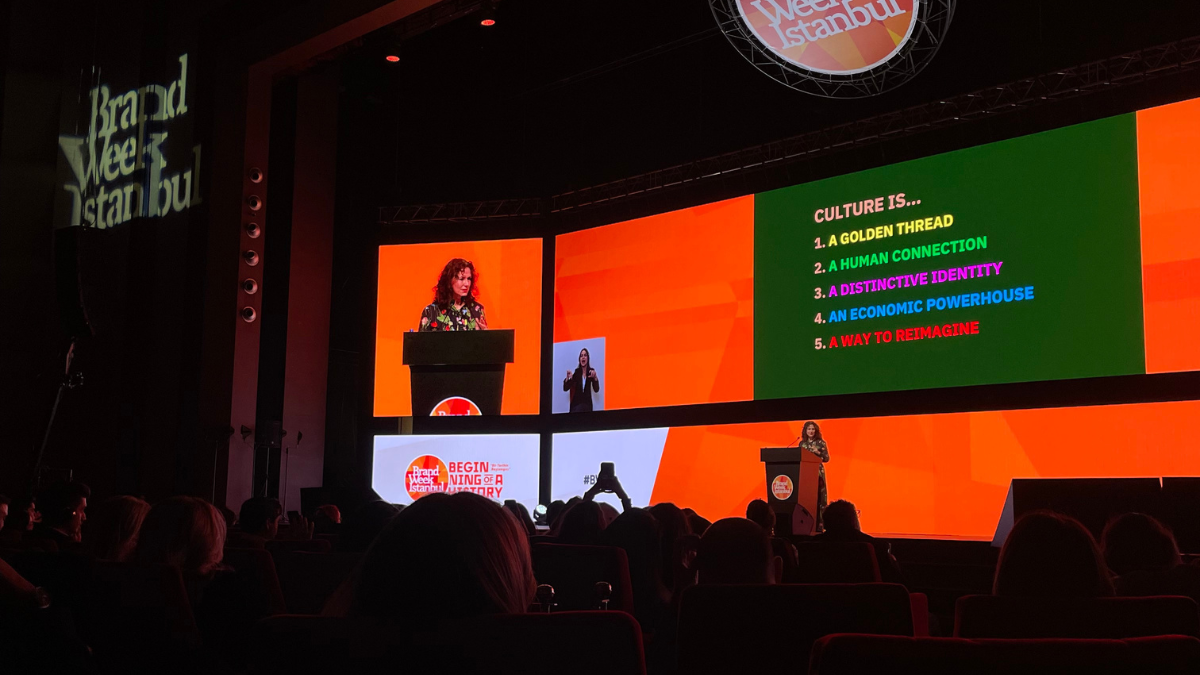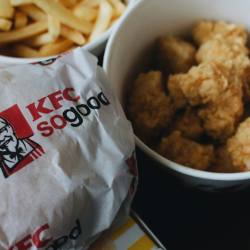Consumer attitudes are constantly changing. A shift in lifestyle habits can have an impact on our shopping preferences, the platforms we typically use, and how we engage with brands. What this means for brands is that they need to listen to what their audience wants and adapt to their needs at any given time, otherwise they run the risk of failing to resonate with consumers and ultimately, stay relevant.
So how are attitudes changing? GWI’s recent research into the latest consumer trends highlights the most notable shifts — with everything from a rise in eco-fatigue, to dwindling news trust, and an upTik in baby boomers on TikTok. This article looks at how brands can respond to consumer sentiment, and why it’s important to ensure they’re reflecting this in their marketing strategies.
Concern for sustainability wanes
A few short years ago, sustainability was a clear priority for consumers. Influenced by climate activists like Greta Thunberg and David Attenborough, eco-conscious consumers were committed to making more sustainable life choices to support the environment. This was reflected in their expectations of brands, and they responded. Brands like Starbucks, Lush Cosmetics and Patagonia have committed to introducing sustainable initiatives, like reducing plastic and minimising waste.
However, we can now see that sustainability has become less of a priority in the UK, with almost one in every four (23%) UK consumers believing there isn’t anything they can do personally to help fight climate change. The growth in the saddening belief that climate change cannot be slowed, means the impetus to adopt more sustainable habits is waning.
As a result, there has been a marked shift in consumer expectations from brands. In fact, our research shows the number of people in the UK who expect brands to be eco-friendly and socially responsible has fallen by 11% and 10% (from 44% and 50% respectively) in the last two years. With eco-motivations to buy falling, it’s important for brands to be mindful of these changes in consumer priorities and understand the impact this has on purchase behaviours in future.
Media is facing a growing trust problem
Trust in news sources has long been an issue. Today, people are finding it harder and harder to believe what they read or hear in the media, which could have far-reaching implications for news organisations, as well as the wider media marketing industry as brands may look to invest their ad spend elsewhere.
Trust and engagement are intrinsically linked, and so it’s important to understand where consumers are spending their time so brands can reach them in the right places. Our research shows that of more than 20 news services tracked between 2017-2020, the number of global consumers saying they were trustworthy or accurate was generally in decline.
As a result, consumers are shifting away from traditional media sources, like news sites and broadcast, to social media for information. For instance, just under a third (30%) of UK social media users say they now mainly use these platforms to read news stories. On TikTok specifically, those who report using the app to keep up-to-date with the news has risen by 72% in the last two years, and 40% across Europe as a whole.
This change in preferences and behaviour presents a clear opportunity for brands to reach audiences via social platforms. However, it’s important to also consider the values consumers are aligning to here — trust is paramount and so brands need to ensure their ads reflect this. Transparency, authenticity, and relevancy are key.
Baby boomers offer brands more bang for their buck
For years, retail brands have tried to appeal to the younger generations who seemingly might be more likely to jump on the latest trends. But what if the older generation were to offer a more lucrative social commerce opportunity for brands?
Despite what we might think, boomers are using their phones more and more. With their time on social media having increased by 68% in the UK alone, this generation is clearly engaged online. And while TikTok is widely seen as the Gen Z app, baby boomers are now getting on board with the hype. For instance, in the UK, there has been a 47% rise in this generation using TikTok in the last two years.
This group represents an untapped opportunity for many brands. Boomers are more likely to have disposable income to spend, with 60% of those who save saying their current financial reserves would cover their basic living expenses for six months or more, compared to just 13% of Gen Z. They’re also more likely to have bought a product or service online in the last week than Gen Z.
Brands should therefore pay attention and target their campaigns towards boomers, rather than just focussing on the younger consumer groups. It’s crucial for retail brands to get ahead of the curve by engaging older generations now, if they are to reap rewards.
Looking ahead to 2024
As brands prepare for 2024, it’s important to understand what will be front of mind for consumers. It’s the brands that listen to and understand the interests, thoughts and feelings of their consumers, and stay on top of the trends set to dominate that will be in the strongest starting position for the coming year.
Featured image: Tim Douglas / Pexels



























